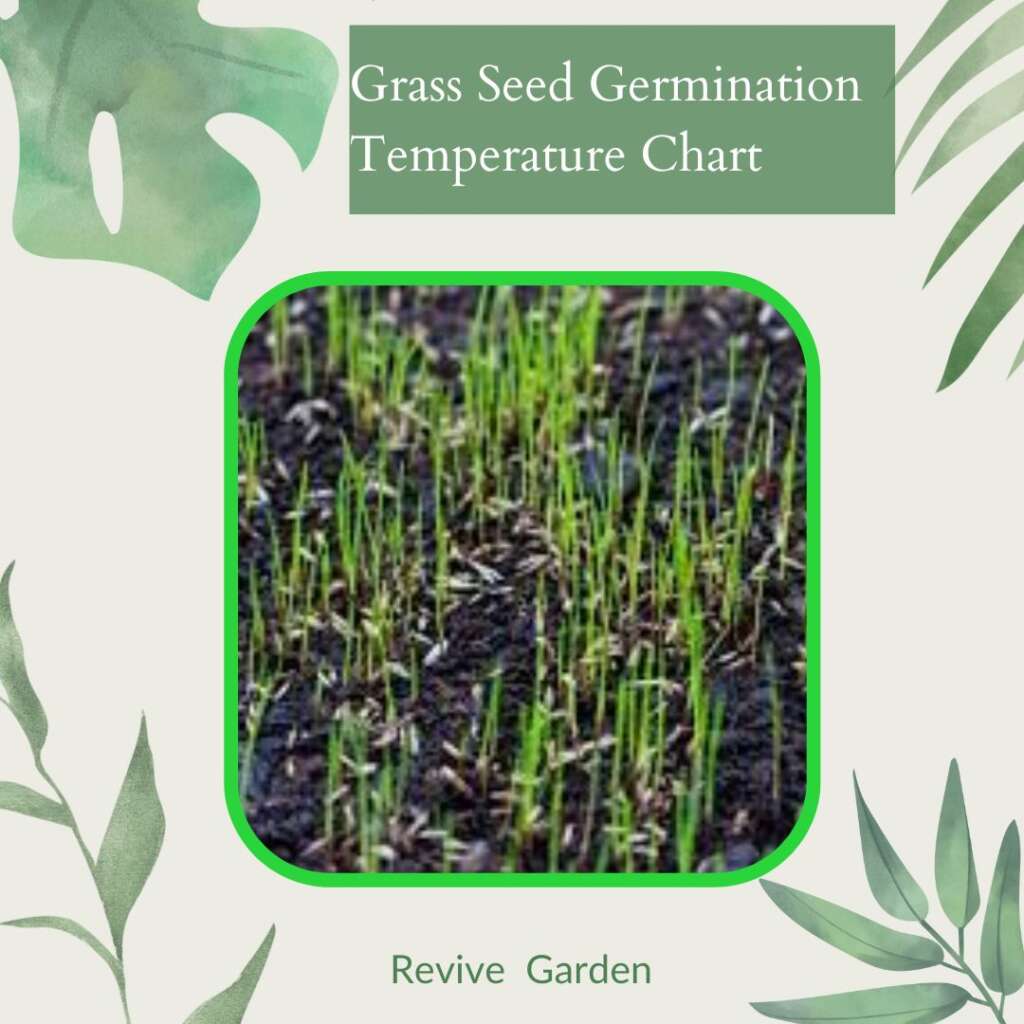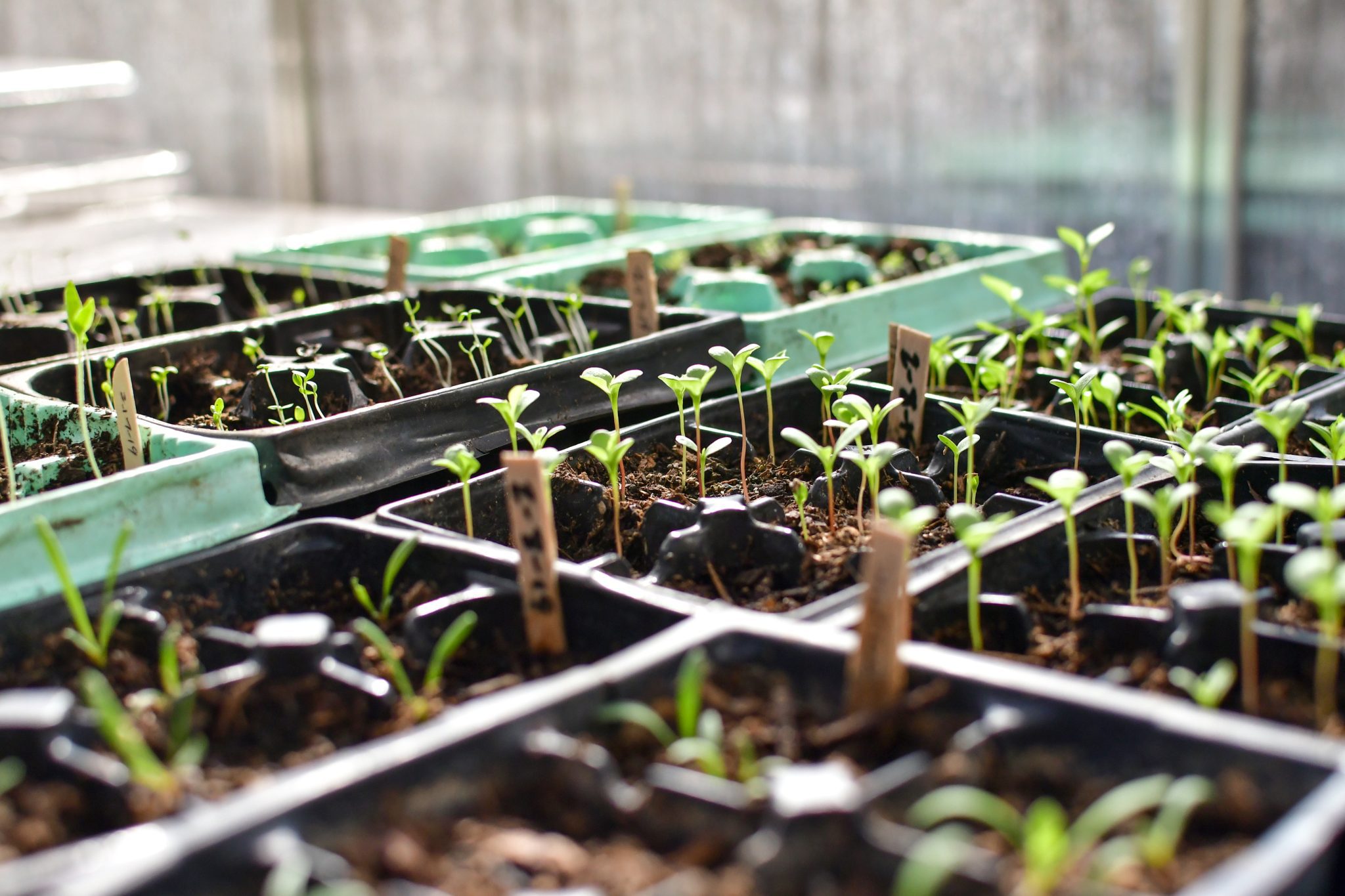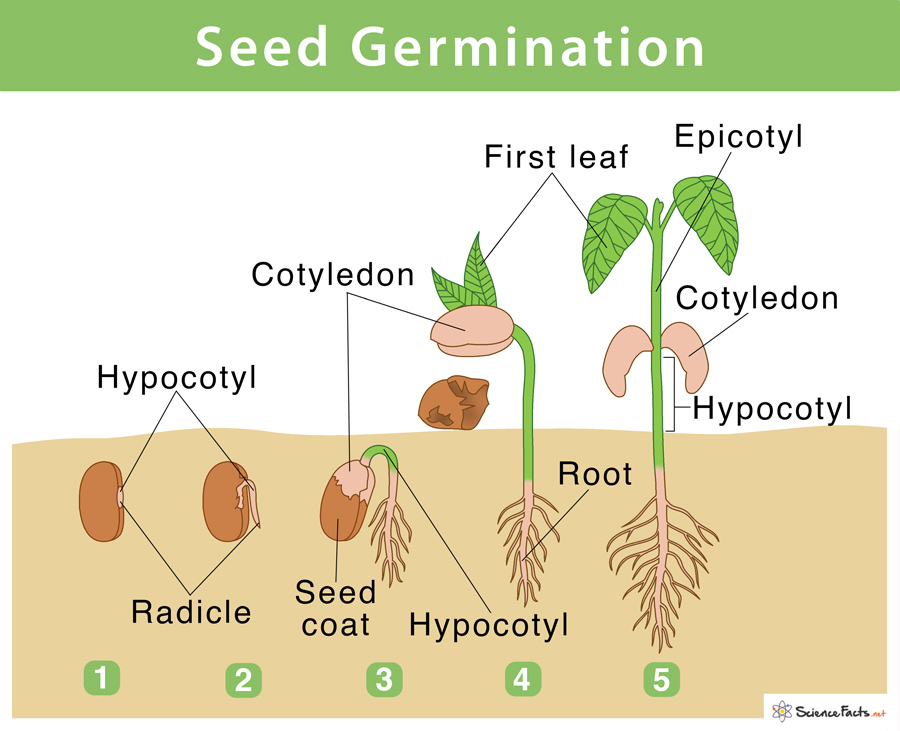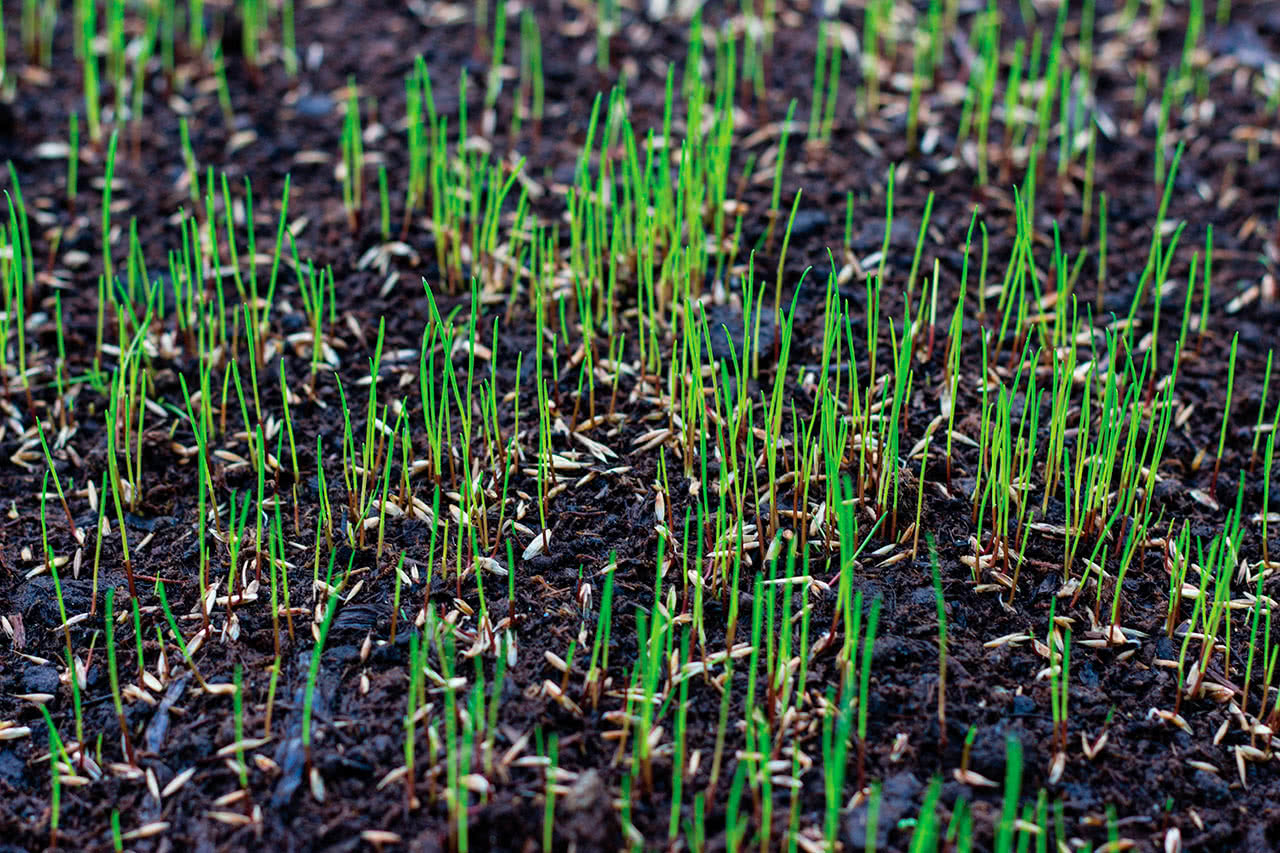Understanding the Role of Temperature in Seed Germination
Temperature is a critical factor in grass seed germination, and understanding its role is essential for successful seed growth. The temp needed for grass seed to germinate varies depending on the type of grass, but generally falls within a specific range. When the temperature is optimal, seeds can germinate quickly and uniformly, while temperatures that are too high or too low can slow down or even prevent germination. In fact, a temperature range of 65°F to 75°F (18°C to 24°C) is considered ideal for most grass species. This temperature range allows for the necessary metabolic processes to occur, enabling the seed to break dormancy and begin growing.
What’s the Ideal Temperature for Grass Seed Germination?
The ideal temperature for grass seed germination varies depending on the type of grass, but generally falls within a specific range. For cool-season grasses, such as Kentucky bluegrass and perennial ryegrass, the optimal temperature range is between 40°F (4°C) and 75°F (24°C). Warm-season grasses, like Bermudagrass and zoysiagrass, require higher temperatures, typically between 65°F (18°C) and 90°F (32°C). The temp needed for grass seed to germinate is crucial, as temperatures that are too high or too low can hinder germination. For example, temperatures above 85°F (29°C) can inhibit germination, while temperatures below 40°F (4°C) can slow down the process. Understanding the optimal temperature range for specific grass types is essential for successful seed germination.
How to Create a Favorable Environment for Seed Germination
Creating an ideal environment for grass seed germination is crucial for successful growth. In addition to the temp needed for grass seed to germinate, other factors such as soil preparation, moisture levels, and sunlight exposure play a vital role. To prepare the soil, remove any debris, till the area to a depth of 8-10 inches, and add organic matter like compost or manure to improve soil structure and fertility. Ensure the soil is moist but not waterlogged, as excessive moisture can lead to rot and poor germination. Aim for a consistent moisture level of about 1-2 inches per week, either through rainfall or irrigation. Finally, provide adequate sunlight exposure, with most grass species requiring at least 6 hours of direct sunlight per day. By controlling these factors, you can create a favorable environment that promotes healthy seed germination and growth.
The Impact of Soil Temperature on Seed Germination
Soil temperature plays a critical role in grass seed germination, as it directly affects the metabolic processes of the seed. The temp needed for grass seed to germinate is closely tied to soil temperature, with optimal germination occurring when soil temperatures are within a specific range. For example, cool-season grasses like Kentucky bluegrass and perennial ryegrass germinate best when soil temperatures are between 40°F (4°C) and 60°F (16°C), while warm-season grasses like Bermudagrass and zoysiagrass require soil temperatures above 65°F (18°C). Soil temperature also affects the rate of germination, with higher temperatures generally resulting in faster germination. To measure soil temperature, use a soil thermometer, which can be inserted into the soil to a depth of 2-4 inches. Understanding the relationship between soil temperature and seed germination is essential for creating optimal conditions for successful germination.
How to Check Soil Temperature for Optimal Seed Germination
Checking soil temperature is a crucial step in ensuring optimal conditions for grass seed germination. To do this, you’ll need a soil thermometer, which can be purchased at most gardening stores or online. Here’s a step-by-step guide to checking soil temperature:
1. Choose a thermometer: Select a thermometer specifically designed for measuring soil temperature, as they are typically more accurate than regular thermometers.
2. Insert the thermometer: Push the thermometer into the soil to a depth of 2-4 inches, depending on the type of grass seed you’re planting. For cool-season grasses, measure at a depth of 2 inches, while warm-season grasses require measurement at 4 inches.
3. Wait for a few minutes: Allow the thermometer to stabilize for a few minutes to ensure an accurate reading.
4. Take a reading: Check the temperature reading on the thermometer. Compare it to the optimal temp needed for grass seed to germinate for your specific type of grass.
5. Adjust as needed: If the soil temperature is not within the optimal range, adjust your planting schedule accordingly. You can also take steps to warm or cool the soil, such as using black plastic or mulch to warm the soil or providing shade to cool it.
By following these steps, you can ensure that your soil temperature is ideal for grass seed germination, giving your new lawn the best possible start.
Common Mistakes to Avoid When Planting Grass Seeds
When it comes to planting grass seeds, there are several common mistakes that can hinder germination and lead to disappointing results. By being aware of these mistakes, you can take steps to avoid them and create optimal conditions for your grass seeds to thrive.
One of the most critical mistakes is incorrect soil temperature. If the soil is too cold or too hot, it can prevent seeds from germinating or cause them to germinate unevenly. Make sure to check the temp needed for grass seed to germinate for your specific type of grass and adjust your planting schedule accordingly.
Inadequate moisture is another common mistake. Grass seeds need consistent moisture to germinate, so ensure that the soil is consistently moist but not waterlogged. Insufficient sunlight can also hinder germination, so choose a location that receives the right amount of sunlight for your type of grass.
Other mistakes to avoid include planting seeds too deeply, using old or low-quality seeds, and failing to prepare the soil properly. By taking the time to prepare the soil, choose the right seeds, and provide optimal conditions, you can increase the chances of successful germination and a healthy, thriving lawn.
Remember, grass seed germination is a delicate process that requires careful planning and attention to detail. By avoiding common mistakes and creating optimal conditions, you can give your grass seeds the best possible start in life.
Tips for Successful Grass Seed Germination in Different Climates
Grass seed germination can be affected by climate, and understanding the specific needs of your region is crucial for success. Here are some region-specific tips for successful grass seed germination:
In warm climates, such as in southern states, the temp needed for grass seed to germinate is typically higher. For warm-season grasses like Bermuda grass and zoysia grass, the ideal temperature range is between 75°F and 90°F. Make sure to plant seeds in the late spring or early summer, when the soil has warmed up, and provide adequate moisture to prevent drying out.
In cool climates, such as in northern states, the temp needed for grass seed to germinate is typically lower. For cool-season grasses like Kentucky bluegrass and perennial ryegrass, the ideal temperature range is between 40°F and 75°F. Plant seeds in the early fall or early spring, when the soil is cool and moist, and provide adequate sunlight to promote germination.
In temperate climates, such as in midwestern states, the temp needed for grass seed to germinate falls somewhere in between. For grasses like tall fescue and fine fescue, the ideal temperature range is between 50°F and 80°F. Plant seeds in the spring or fall, when the soil is moderate in temperature, and provide consistent moisture and sunlight to promote germination.
Regardless of the climate, it’s essential to prepare the soil properly, choose the right type of grass seed, and provide optimal conditions for germination. By following these region-specific tips and understanding the temp needed for grass seed to germinate, you can increase the chances of successful germination and a healthy, thriving lawn.
Conclusion: The Key to Successful Grass Seed Germination
Successful grass seed germination requires careful planning and attention to detail. Understanding the optimal temperature and environmental conditions for germination is crucial for achieving a healthy, thriving lawn. By recognizing the importance of temperature, soil preparation, moisture levels, and sunlight exposure, individuals can create an ideal environment for their grass seeds to germinate.
Remember, the temp needed for grass seed to germinate varies depending on the type of grass and climate. By following the region-specific tips and guidelines outlined in this article, individuals can increase the chances of successful germination and a lush, green lawn.
In conclusion, grass seed germination is a delicate process that requires careful consideration of various factors. By understanding the role of temperature, soil temperature, and environmental conditions, individuals can create an optimal environment for their grass seeds to thrive. With patience, attention to detail, and the right conditions, anyone can achieve a beautiful, healthy lawn.









